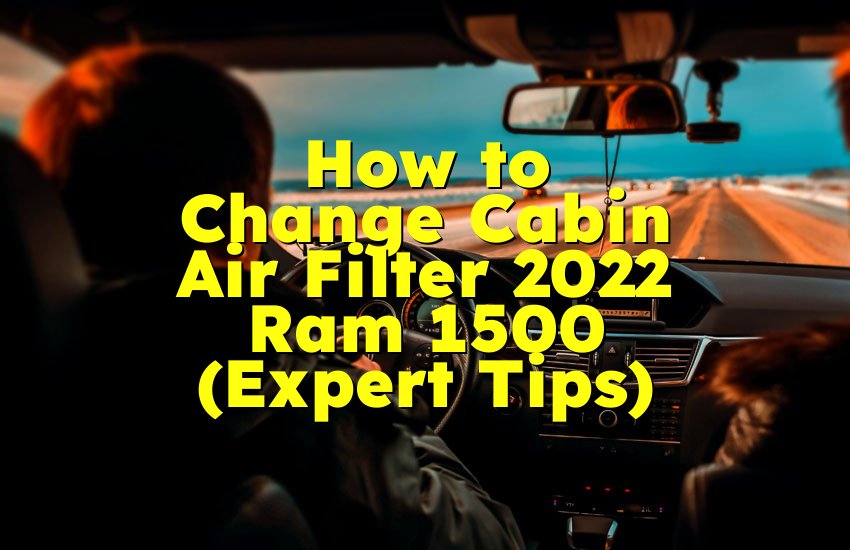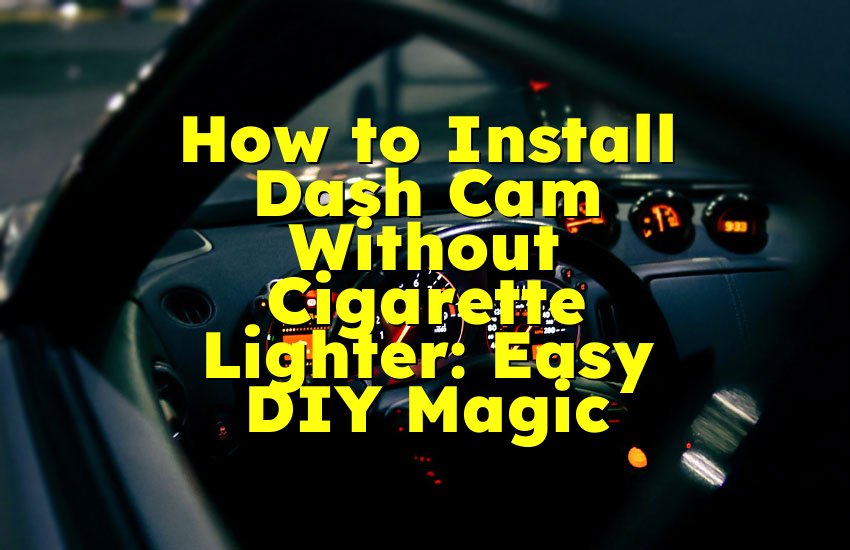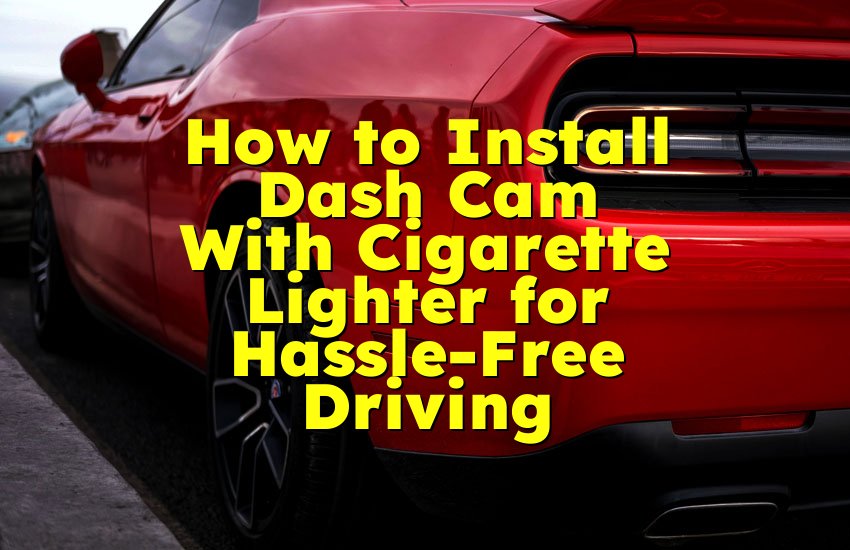As an Amazon Associate, I earn from qualifying purchases at no extra cost to you.
How Hot Does a Car Get in 90 Degree Weather (Expert Guide)
Have you ever left your car on a sunny day and felt like it turned into an oven? The inside can get dangerously hot very fast. In fact, a car can reach over 120 degrees in just a few minutes when it is 90 degrees outside. In this article, we will show you how this happens and how to stay safe. You will learn easy ways to handle hot cars and protect yourself.
How the Sun Heats a Car
Cars heat up quickly because the sun's rays go through the windows and hit the seats, dashboard, and floor. These surfaces trap heat inside, which makes the air hotter.
Even with windows slightly open, the car can still get very hot. Dark-colored cars absorb more heat than light-colored cars. Windows act like a greenhouse, letting sunlight in but not letting heat escape.
The outside temperature affects the inside a lot. When it is 90 degrees outside, the car's interior can go up 30 to 40 degrees more. So, the air inside can reach 120 to 130 degrees in a few minutes. This is very dangerous for children, pets, and even adults. Cars can heat up faster than most people think. Even five minutes in the sun can be harmful.
Materials inside the car also matter. Leather seats get hotter than fabric seats. Plastic dashboards heat quickly and make the air feel hotter.
Sunlight directly hitting these surfaces increases the temperature rapidly. Even the steering wheel can become too hot to touch. Knowing how heat builds up helps prevent accidents and health problems.
Ventilation is important. When a car is parked, closed windows trap the hot air. This makes the temperature rise faster. Using a sunshade or parking in the shade slows heating. You can also leave windows cracked slightly for some airflow. Understanding these factors helps you protect yourself and your passengers.
- Sunlight enters windows and heats surfaces
- Dark colors absorb more heat
- Interior materials like leather and plastic get hotter
- Ventilation and shade reduce heating
How Fast a Car Gets Dangerous
A car can become dangerous very quickly. When the outside temperature is 90 degrees, the inside can reach 109 degrees in 10 minutes. After 30 minutes, it can reach 120 degrees or more.
Small children or pets can get heatstroke in just a few minutes. Even adults can feel dizzy or dehydrated if trapped inside. This shows how serious leaving a car in the sun is.
The metal and glass in cars hold heat. When sunlight hits the metal roof, it radiates heat inside. The air becomes hotter and hotter.
Leather and vinyl surfaces increase heat as they store and release it. Even a short parking session under the sun can create a dangerous environment. The danger grows with every minute the car is exposed to sunlight.
Airflow matters a lot. If a car is parked in a garage or shaded area, it heats slower. But in a sunny parking lot, the temperature rises fast. Cracking windows slightly helps but is not enough in extreme heat. It only slows the rise a little. Using reflective sunshades or covering seats can also reduce how fast the heat builds.
Recognizing the speed of heating is critical. Many people underestimate how fast heat becomes dangerous. Knowing the risks allows better decisions. Always plan to park in shade, use sunshades, and avoid leaving anyone inside. Understanding this timing can save lives.
- Temperature rises quickly inside a parked car
- 10 minutes can reach 109 degrees
- Metal and glass increase heat
- Shade and reflective covers help
Health Risks of Hot Cars
Being inside a hot car is very risky. Heat inside a car can cause heatstroke, dehydration, and fainting. Children and pets are most at risk. Adults can suffer too, especially if they have health problems. Even short exposure can cause sweating, dizziness, and headaches. Knowing the dangers helps you act fast.
Heatstroke can happen when body temperature rises over 104 degrees. Inside a hot car, this can occur in less than 30 minutes. Pets may show signs like panting, drooling, or collapsing.
Children can become lethargic and unresponsive quickly. Heat affects the heart, brain, and other organs. Quick action is required to prevent serious problems or death.
Dehydration is another problem. Hot air causes fast water loss. Drinking water helps, but inside a hot car, the effect is limited. Sweat evaporates slowly in the hot, trapped air.
Over time, dehydration worsens symptoms of heatstroke. Knowing early warning signs like dry mouth, rapid heartbeat, or confusion is important.
Some materials in cars worsen health risks. Leather and vinyl get hot and can burn skin. The steering wheel and seat belts can become too hot to touch.
Direct contact can cause burns in seconds. Using protective covers or avoiding direct contact is safer. Being aware of these hazards keeps you and others safe.
- Heatstroke can occur quickly
- Children and pets are most at risk
- Dehydration worsens heat effects
- Hot surfaces can burn skin
How to Keep Your Car Cooler
Keeping your car cooler in hot weather is possible with simple tricks. Park in the shade whenever you can. Use sunshades on the windshield and windows.
Open windows slightly for airflow. These steps slow the heat buildup inside the car. Every small measure helps reduce temperature by several degrees.
Sunshades are very effective. Reflective shades block sunlight from entering and reduce heat inside. Covering side windows also helps. Using light-colored covers or blankets on seats works too. These reduce direct heat on surfaces and make the air cooler. Combining these methods can lower inside temperature by 20 degrees or more.
Ventilation is important. Cracking windows slightly lets hot air escape. Even one or two inches makes a difference. You can use vent visors to keep rain out while allowing airflow. Fans or portable car coolers can help, but they work best with airflow. Together, these measures keep the car safer for short periods.
Regular maintenance matters too. Keeping air conditioning in good condition helps. Tinted windows can block up to 70% of sunlight heat. Cleaning dust and dirt from windows improves reflective effect. These small actions prevent extreme heat buildup. Preparing your car before hot days ensures safer driving.
- Park in shade whenever possible
- Use sunshades on windows
- Crack windows slightly for airflow
- Tinted windows and maintenance help
Safe Practices for Passengers
Passengers should take precautions in hot cars. Always wear light clothing. Drink water before and after entering the car. Sit away from direct sunlight. Using a sunshade or window cover helps protect skin. These simple steps reduce the risk of heat-related problems.
Children and pets need extra care. Never leave them alone in a parked car. Check the temperature inside before entering. Bring water and portable fans if necessary. For pets, use shaded areas and never leave them inside for long. These actions prevent serious health risks.
Air circulation inside the car is key. Turn on air conditioning or open vents. Avoid sitting directly on hot seats. Use seat covers or towels to reduce heat contact. Even a few minutes of preparation improves comfort and safety for passengers.
Timing matters too. Try to travel early or late when temperatures are lower. Avoid leaving the car in direct sun during midday. Short trips in cooler parts of the day are safer. Planning your travel around temperature reduces stress and danger inside the car.
- Wear light clothing and drink water
- Never leave children or pets alone
- Use air circulation and seat covers
- Travel during cooler hours
Emergency Measures in Extreme Heat
If someone is trapped in a hot car, act fast. Immediately remove them from the vehicle. Move to a shaded or air-conditioned place. Offer water if the person is conscious. Cool the body slowly with wet towels or fans. Quick action prevents heatstroke or serious injury.
Calling emergency services is important if symptoms are severe. Signs like confusion, unconsciousness, or vomiting require medical attention. Do not try to cool too fast with ice water. Gradual cooling is safer. Heat emergencies can become deadly if not treated promptly.
Heat safety tools are useful. Keep a thermometer in your car to check inside temperature. Have portable fans, water bottles, and emergency contacts ready. Knowing what to do in advance prevents panic. Being prepared is always better than reacting too late.
Prevention is still the best method. Avoid leaving anyone in hot cars, plan trips in cooler times, and use sunshades. Awareness of extreme heat risks is essential. Following these measures saves lives and reduces health hazards significantly.
- Remove anyone trapped immediately
- Move to shade or air-conditioned space
- Offer water and cool slowly
- Keep tools and plan for emergencies
Final Thoughts
Cars heat dangerously fast in hot weather. At 90 degrees outside, inside temperatures can exceed 120 degrees quickly. Protect children, pets, and yourself by using shade, sunshades, and proper ventilation. Always plan travel to avoid peak heat hours. Quick actions and awareness save lives and reduce risks. Staying cautious is key.
| Action | Effectiveness | Notes |
|---|---|---|
| Park in shade | High | Reduces direct sunlight |
| Use sunshades | High | Blocks sunlight |
| Crack windows | Medium | Allows airflow |
| Tinted windows | Medium | Reduces heat entry |
| Portable fans | Medium | Helps air circulation |
| Early travel | High | Avoids peak heat |
| Seat covers | Medium | Reduces hot surface contact |
Frequently Asked Questions (FAQs)
Is it dangerous to leave a car in 90 degree weather?
Yes, it is very dangerous. Cars can reach over 120 degrees in minutes. Children and pets can suffer heatstroke quickly. Even adults may become dizzy or dehydrated. Always avoid leaving anyone inside a parked car in hot weather. Use shade, sunshades, or air-conditioned areas to protect health.
Can a cracked window prevent a car from getting too hot?
A cracked window helps a little by allowing airflow. However, it does not stop the car from getting very hot. Heat still builds up quickly in direct sunlight. Sunshades, tinted windows, and shade parking are more effective methods. Combine airflow with these measures for better results.
Do I need to worry about pets in a hot car?
Yes, pets are at serious risk. Their bodies heat faster than humans. Dogs may pant heavily, drool, or collapse. Never leave pets alone inside a parked car. Bring water and shade if traveling. Quick removal from hot cars prevents heatstroke or even death.
Is using a sunshade really helpful?
Yes, sunshades block sunlight and reduce interior heat. They prevent surfaces from heating too fast. Covering side windows also lowers temperature. Reflective shades are especially effective. Sunshades make cars safer for short periods and improve comfort before driving.
Can leather seats make a car hotter?
Yes, leather seats absorb more heat than fabric. They can become uncomfortable or even burn skin. Using seat covers or towels reduces heat contact. Sunshades and ventilation also help. Leather requires extra caution in hot weather to prevent burns or discomfort.
Do I need to check the car temperature before entering?
Yes, always check the inside temperature. Even if outside seems okay, the car may be much hotter. Children and pets are sensitive to small temperature rises. Touch seats and doors before getting in. Using a thermometer gives a clear idea of how hot it is.
Is it safe to leave windows fully closed?
No, fully closed windows trap hot air and raise temperatures fast. Small ventilation helps, but even slightly open windows may not be enough. Combining open windows with shade, sunshades, or tinted glass is safer. Avoid leaving anyone inside when outside is very hot.
Can quick cooling prevent heatstroke?
Quick cooling helps if someone shows heatstroke signs. Move them to shade, remove heavy clothing, and offer water if conscious. Use wet towels or fans to reduce body temperature slowly. Do not use ice-cold water, as it may shock the body. Fast action prevents serious complications.











